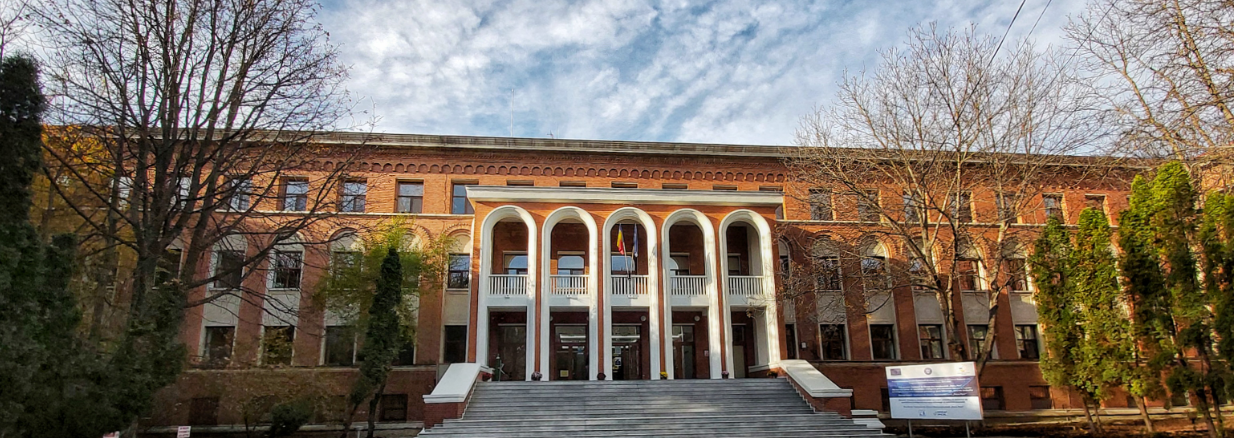Main purpose
The aim of this project is to expand scientific knowledge in the field of multifunctional polymeric materials with potential applications in environmental protection, medicine, biotechnology and food packaging industry.
In line with the current trends to design new biomaterials based on (co)polymers functionalized with selective ligand groups to certain molecular and/or ionic species (dyes, enzymes, proteins, drugs, antioxidants, pesticides, metal ions), new strategies to modify natural and/or synthetic polymers, or to functionalize macromolecular supports by polymer analogous reactions will be addressed.
The “waste minimization” process will be used to develop new materials, such as specific biosorbents, catalysts, antimicrobial matrices or sensors, based on the combination between the physical and chemical versatility of biopolymers (chitosan, alginate, dextran, xanthan) and their high affinity for metal ions. Thus, metal ions loaded-sorbents will be reused to retain or identify other contaminants (inorganic anions, dyes, pesticides), or in catalytic degradation of organic pollutants or to obtain new materials with antimicrobial properties.
To protect bioactive molecules against degradation, they will be immobilized/encapsulated in self-assembled polymeric architectures such as vesicles or micelles acting as polymeric compartments or carriers. The supramolecular structures will be formed by the association of amphiphilic block-copolymers in aqueous media, functionalized by encapsulating enzymes, antioxidants, dyes, and used as nanoreactors, controlled release systems, or detection systems.
Hence, the project aims at the in-depth research in the synthesis of polymer components, the design of three-dimensional architectures by cross-linking or self-assembly and the analysis of their properties, as well as the identification of factors that influence their functionality and applications in various fields (environment, medicine, biotechnology and food industry).
The general objective
The design and development of new multifunctional polymer systems with controlled three-dimensional architectures using synthetic and natural polymers (or their combinations) with inorganic particles, stabilized by physical or chemical cross-linking (hydrogels/cryogels), or by the self-assembly of amphiphilic block-copolymers (micelles, polymerosomes). The features of these architectures will be controlled either by modifying the synthesis conditions in the case of gel-type systems, or by selecting the intrinsic properties of the amphiphilic block-copolymers used to prepare the vesicles and micelles in aqueous media. |








